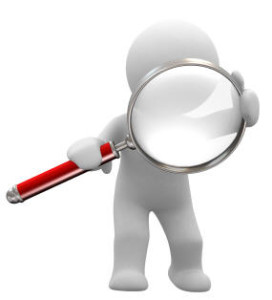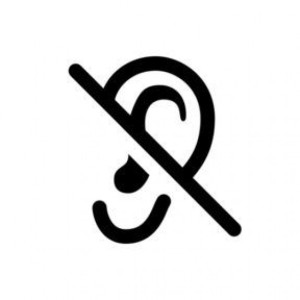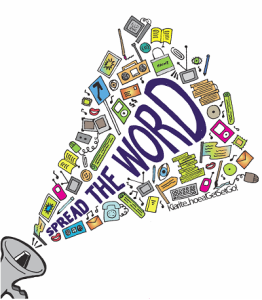 About two months ago I did a blog on reaching stakeholders by leading with emotions rather than logic. It is the best opening, but what about the follow-up? You need to show them hard evidence that a library program staffed by a certificated school librarian makes a difference in student achievement.
About two months ago I did a blog on reaching stakeholders by leading with emotions rather than logic. It is the best opening, but what about the follow-up? You need to show them hard evidence that a library program staffed by a certificated school librarian makes a difference in student achievement.
Many of you have shared the research studies—the “big data”—with administrators and others but it fell on deaf ears. Sometimes they dismissed the study because it was done in a different state; other times they possibly ignored it because it was too long and too dense to read. 
How important is it to you to get administrators, board members, and politicians to listen and recognize the invaluable contribution you make? If you recognize it is critical and you do so for the sake of your students and the future of the library program, you are going to need to do some hard work.
The latest issue of Knowledge Quest, (KQ) (Volume 43, No. 3 – January/February 2015) the journal of AASL, is all about Evidence-Based Practice (EBP), and the opening article is naturally by Dr. Ross Todd, associate professor in the School of Communication and Information at Rutgers University. He is the leading expert on the topic, and the rest of the issue is filled with articles by academics and school librarians, explaining the practice and showing it in action. (If you are not an AASL member, contact them to find out how to purchase this issue.)
If you are new to EBP, it can be daunting. It will take more than one reading to absorb. Take it in little bites. To get you started here is a brief view of what EBP entails:
Evidence for Practice – Begin with the research. You know the studies and can easily find them. Which study would you like to demonstrate in your own building?
Evidence in Practice – Using the study you selected, develop a unit that will demonstrate it with students in your building. This is where Action Research comes in. It gives you the local data you need to pair with the “big data” from Evidence for Practice. If you are unfamiliar with Action Research, the article by Carole J. Stubeck in that KQ issue will give you a good example. You can also search on Action Research School or email me at hilda@slworkshop.net and I will send you my PowerPoint from one of my presentations on it.
Evidence of Practice – How have learners changed as result? In addition to the results of the Action Research, gather student responses to the learning being imparted. Using a resource such as Edmodo you can capture their reactions and thought processes.
 As always, the process is circular. Taking all the information in, you and any colleagues involved, reflect on what was achieved and what will be the next step.
As always, the process is circular. Taking all the information in, you and any colleagues involved, reflect on what was achieved and what will be the next step.
While the purpose of EBP is to have a continuous practice of improving the library program, do not neglect Advocacy. You must get the word out to your stakeholders. Visually documenting the process, possibly getting students discussing the Evidence of Practice, will add the emotional content that opens the door to the strong evidence supporting it.
To become recognized as invaluable and indispensable to students and the school community, you will have to do the work. When you think about it, what choice do you have? And did you know that each issue of the SCHOOL LIBRARIANS WORKSHOP offers you ideas for implementing programs that can increase your contributions and visibility?
